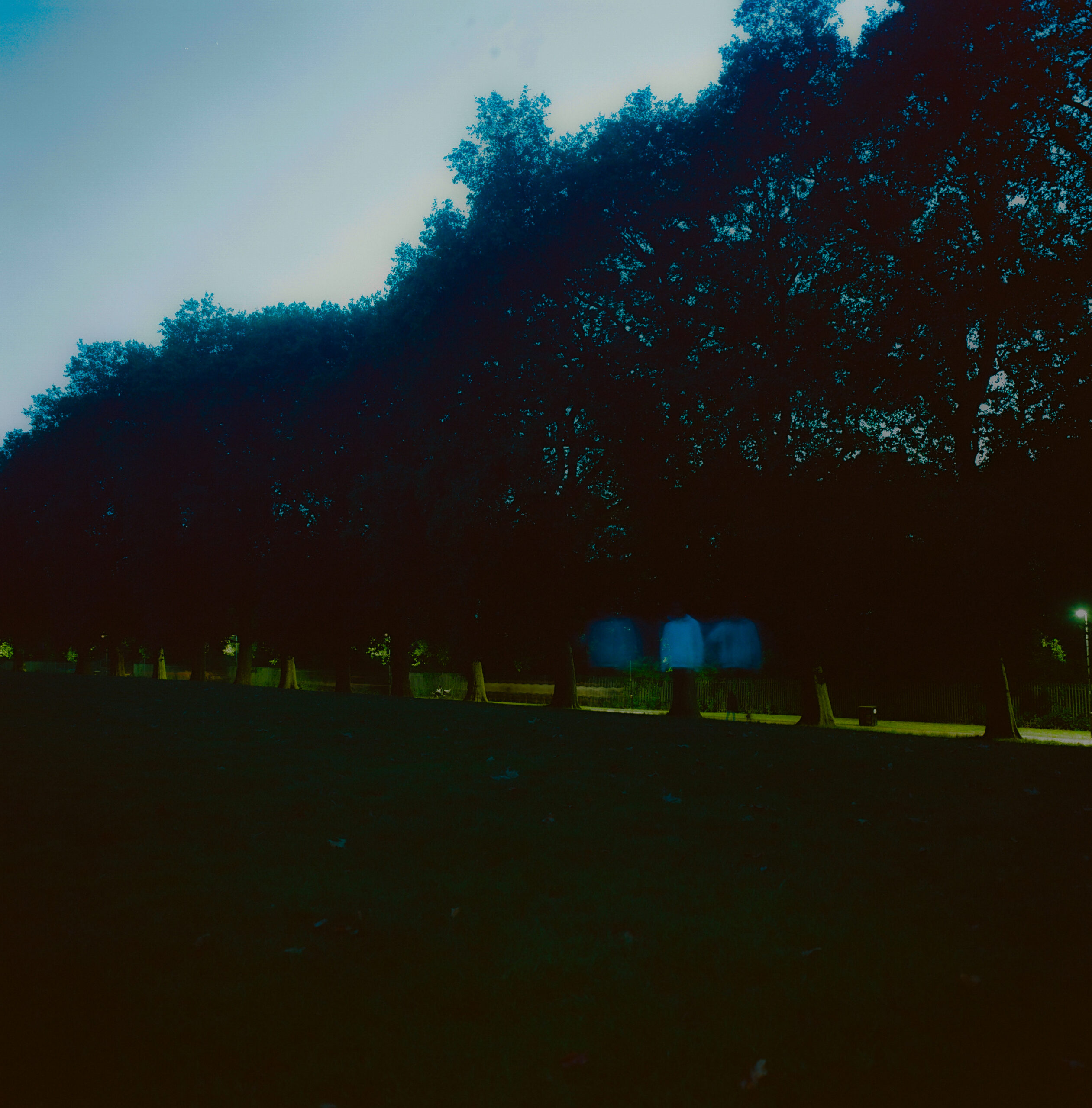8 Tracks: Of The Russian Avant-Garde With Kate Nv

Moscow native Kate NV is not an easy musician to pigeonhole, and her association with New York's revered RVNG INTL label indicates a stern disapproval of the notion. Over the course of two albums, she's established a reputation as a composer and vocalist as much as an arranger, an experimentalist and an explorer.
To give an example, on her 2016 debut LP Binasu, the playful, intrepid pop of KATA is followed directly by the psychedelia of KKU, which resembles some heaven-made combination of Steve Reich and Oneohtrix Point Never. Throughout her work, she deftly balances hooks with the kind of ambience that invites curious imaginations, as opposed to blending into the background.
Off the back of для FOR , her second full-length released June 25th, she guides us through the fertile musical avant-garde of her homeland.
Probably the most famous work by the composer and definitely a prime example of soviet futurist music. This piece indeed sounds like an iron foundry and imitates the manufacturing process with its repetitive sounds and noises.
Originally it was composed as the first movement of the ballet suite “Stal” (“steel”), but the remaining movements have been lost unfortunately. There is a rumour that Moscow State library has a huge archive of Mosolov’s works, but to get access to it one must go through some incredible bureaucratic hell by signing of lots of papers. I really hope someone will succeed.





















![2354_WALLET_FOR_VINYL_313X313_SPINE_3MM [Convertido]](https://www.theransomnote.com/wp-content/uploads/2024/04/SLEEVE-FRV046-copia.jpg)



Must Reads
David Holmes – Humanity As An Act Of Resistance in three chapters
As a nation, the Irish have always had a profound relationship with the people of Palestine
Rotterdam – A City which Bounces Back
The Dutch city is in a state of constant revival
Going Remote.
Home swapping as a lifestyle choice
Trending track
Vels d’Èter
Glass Isle
Shop NowDreaming
Timothy Clerkin
Shop Now